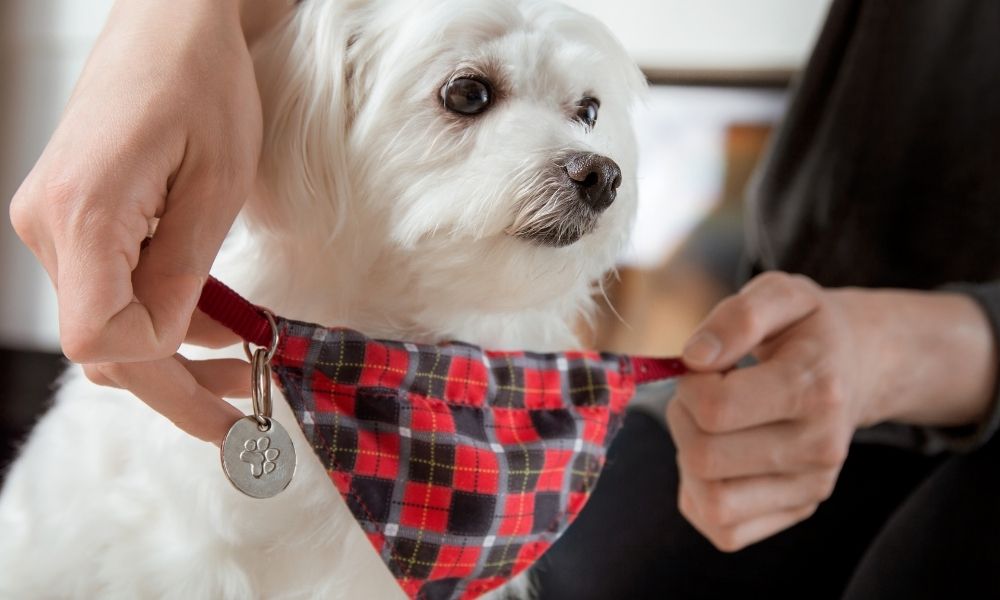The Differences Between Batik and Tie-Dye Fabrics

If you are interested in unique blends of color and design, you’ve most likely come across batik and tie-dye fabrics. While these fabrics may be similar in their bold expressions and patterns, their dyeing processes could not be more different. In this article, we’ll discuss the differences between batik and tie-dye fabrics so you can become a fabric dyeing expert.
Batik Fabric Dyeing
If you’ve ever browsed the quilts in our Ontario, Canada store, you’ve most likely come across a quilt with batik fabric. These fabrics add an undeniably unique design to any crafting project.
Batik fabric dyeing is a detailed and precise art that originated in India, Indonesia, and China. Batik patterns are designed by first using a small pen known as a tjanting to paint melted wax onto a cloth. The cloth is then submerged in dye to saturate and bleed into the fabric. The hardened wax covers the painted patterns and prevents dye from coloring the material completely.
This dyeing process can be repeated multiple times with different dyes to add mixtures of color. Wax may be reapplied to add or alter original designs. Once the desired combination of colors is achieved, wax is removed from the cloth by ironing it between a thin newspaper material. Wax may also be removed by repeatedly rinsing the fabric in boiling water. Once the wax is removed, and your cloth is dry, you have a customized batik design.
Tie-Dye Fabric Dyeing
Tie-dyeing has been traced back to 6th century China and Japan, where people used berries and flowers to color clothing. This tradition has long survived and been shared across countries and cultures to become one of today's most recognized fabric dyeing processes.
Tie-dye fabrics are designed by adding different colored dye powders to warm water, then adding these mixtures into squirt bottles or applicators. Another difference between batik and tie-dye fabrics is the element of control in their dye processes. While batik fabrics focus on precise melted wax painting, tie-dye is all about experimentation and spontaneity. Rather than painting your fabric, you fold, scrunch, and tie your fabric into a tight ball with a rubber band. Tie-dye can follow a precise design of calculated folds and rubber band placements, or the dyeing method can be completely abstract.
No matter which style tie-dyers prefer, all fabrics are soaked and submerged in water to prepare fabric fibers for dyeing. After 20 minutes of soaking, fabrics can be removed from the water and placed in a craft zone to receive their dye.
Tie-dyers use gloves to start dipping and saturating fabrics with pops of color until they create their desired combination. The tie-dye is then placed in cling wrap to lock in moisture for six to eight hours. At the end of this dyeing process, fabrics are thoroughly rinsed until they are unraveled to reveal bright and bold designs.
Although these fabrics have similar expressions of bright colors and stylish designs, they follow different disciplines of skilled and historical fabric dyeing. Lindley General Store offers a wide variety of unique batik and tie-dye fabrics to explore. If you’re interested in adding quirky pops of color to your next quilting project, browse our materials to get started on your next craft.




Comments
kisaakkye karren —
the answer has help me to reply my question